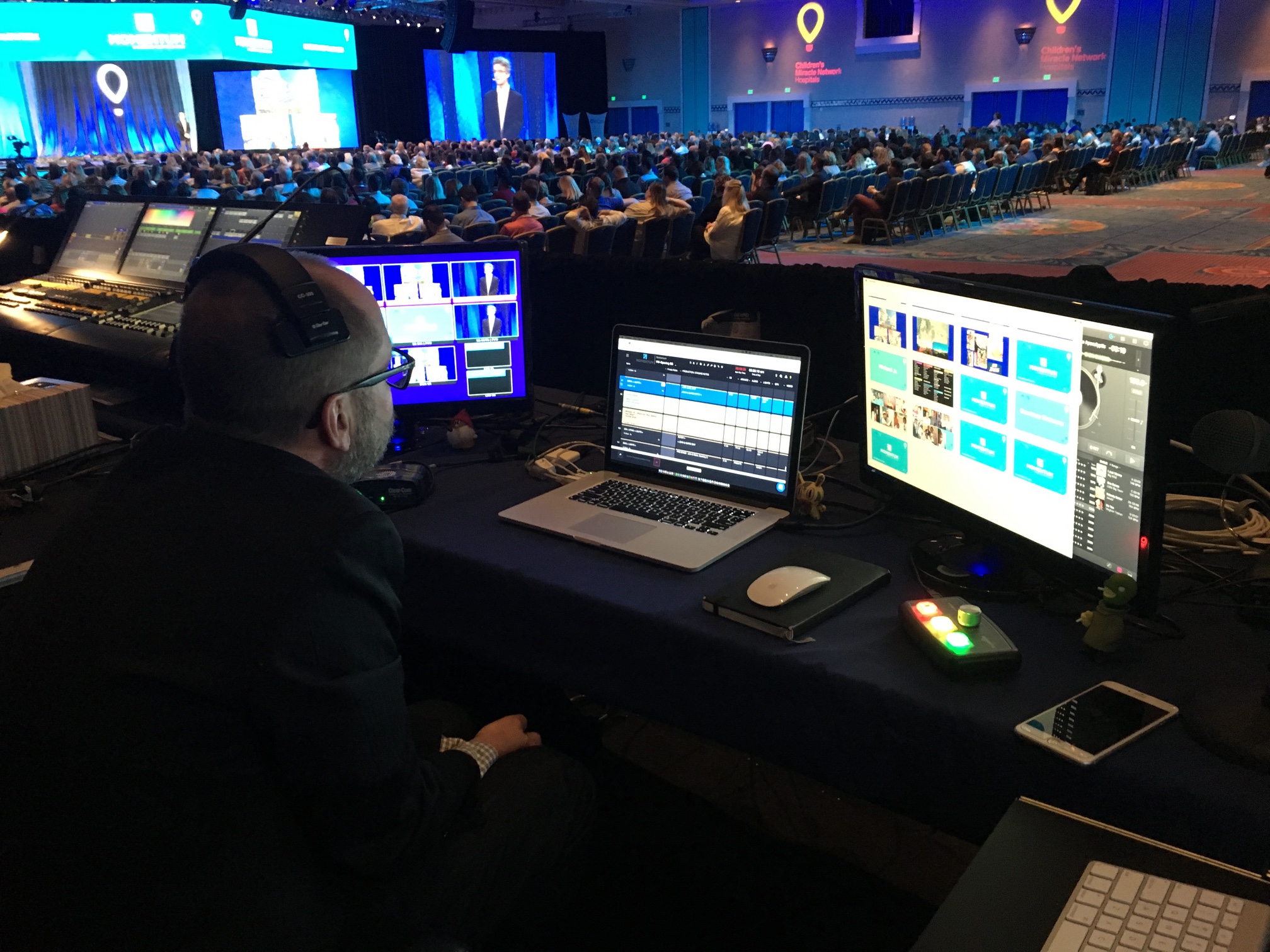Creative Rentals from Your Event Source Charlotte for Weddings and Events.
Creative Rentals from Your Event Source Charlotte for Weddings and Events.
Blog Article
Why Occasion Resource Solutions Are Essential for Smooth Event-Driven Designs
In the realm of contemporary software application development, event-driven styles are increasingly common, yet their performance hinges on the execution of robust occasion resource services. As sectors shift towards real-time information processing, comprehending the effects of event sourcing ends up being essential.
Understanding Event-Driven Architectures
Event-driven architectures (EDAs) represent a paradigm shift in developing software program systems, where the circulation of details is established by the occurrence of events. This architectural style promotes a decoupled approach, allowing different components to communicate asynchronously. In EDAs, events act as the main methods of interaction, activating procedures or operations in feedback to details events, such as customer activities or system adjustments.
The secret elements of an EDA consist of occasion manufacturers, which generate occasions; occasion customers, which respond to events; and event networks, which facilitate the transmission of occasions in between manufacturers and consumers. This structure boosts system responsiveness and scalability, as components can individually refine events without the need for synchronous interaction.
Additionally, EDAs allow real-time data processing, making them ideal for applications needing instant insights-- such as fraudulence discovery in monetary systems or checking IoT gadgets. They additionally sustain a more dexterous development environment, permitting groups to iterate promptly and release new attributes with very little disruption to existing solutions.
The Function of Occasion Source Solutions
While various parts in an event-driven design count on reliable interaction, event resource services play a vital function in generating and taking care of the circulation of occasions. These options serve as the first point of occasion development, capturing modifications in state or user activities and converting them into occasions that can be propagated with the system.

In addition, they help with the decoupling of producers and customers within a style, enabling systems to scale separately. This decoupling is crucial for improving system durability, as it lessens reliances that might otherwise result in bottlenecks or solitary factors of failing.
Benefits of Real-Time Data Processing
Real-time data processing substantially enhances the abilities of event-driven designs by allowing instant insights and actions based on the current information (your event source charlotte). This immediacy not just increases decision-making yet likewise enhances the relevance and precision of those browse around here decisions. Organizations can react to occasions as they happen, minimizing latency and enhancing functional dexterity
One of the primary advantages of real-time data handling is the capability to catch and analyze data continuously. This facilitates aggressive actions instead than reactive page responses, permitting services to expect trends and possible problems before they escalate. For example, in industries such as finance or shopping, real-time analytics can recognize illegal purchases or client behavior changes, allowing speedy interventions that mitigate danger and optimize consumer satisfaction.

Eventually, the assimilation of real-time information handling into event-driven designs encourages companies to harness the complete possibility of their information, driving advancement and affordable advantage in an increasingly dynamic industry.
Enhancing System Interaction
Efficient communication in between systems is crucial for the success of any kind of event-driven design. Event source remedies facilitate this communication by giving a durable framework for recording and transferring events in real time. By systematizing exactly how systems produce and consume events, these options get rid of ambiguity and foster interoperability, go now allowing inconsonant systems to collaborate effortlessly.
Making use of event streams makes it possible for systems to react promptly to changes, ensuring that all parts are lined up and notified. This responsiveness is vital in atmospheres where prompt information exchange directly influences decision-making and overall system efficiency. Furthermore, occasion source options offer devices for event filtering system, change, and transmitting, enhancing the performance of data circulation in between systems.
Additionally, by applying a publish-subscribe model, event resource solutions decouple system components, permitting for better flexibility and scalability. This decoupling indicates that systems can advance independently, making it easier to incorporate brand-new functionalities or replace existing elements without interfering with overall communication.
Future Trends in Event Sourcing

One more significant fad is the increase of cloud-native event sourcing solutions. These systems leverage the scalability and adaptability of cloud facilities, allowing companies to efficiently handle and save large quantities of event information without the expenses of standard systems. This change promotes better ease of access and cooperation across groups.
Moreover, the fostering of microservices style is influencing occasion sourcing techniques. As companies significantly section their applications right into smaller sized, independent services, occasion sourcing provides a robust mechanism to preserve data uniformity and integrity across these dispersed systems.
Verdict
In final thought, occasion source services act as a vital structure for smooth event-driven architectures, allowing reliable event generation and monitoring. By facilitating asynchronous communication in between parts, these remedies enhance system resilience and promote the independent development of solutions. The advantages of real-time information handling and improved system communication highlight the value of taking on occasion sourcing methodologies. As the demand for robust distributed systems increases, the relevance of event source options will certainly proceed to expand, forming the future of event-driven layout.
Report this page